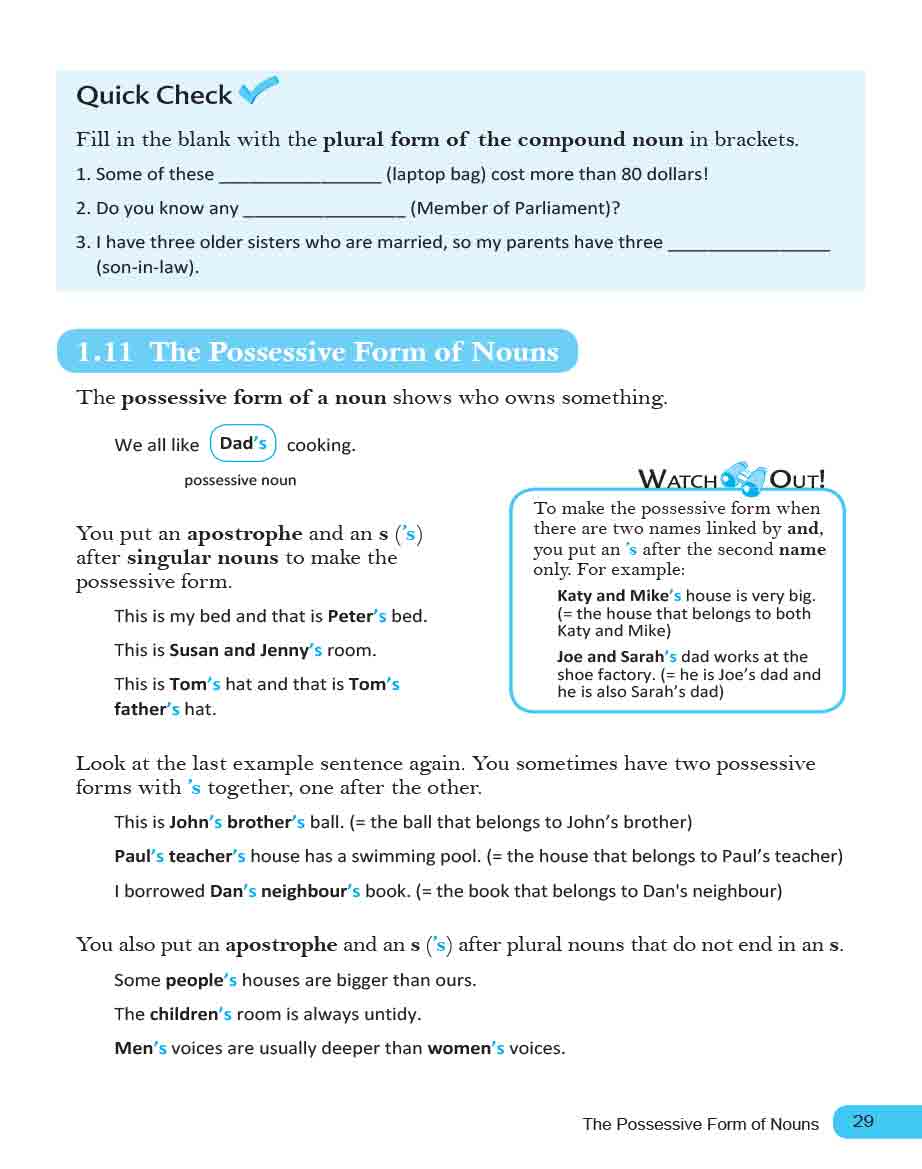
Here's another exercise with 'be' (this time it's all forms - positive, negative and questions) report this ad

Here are the past simple 'yes / no' questions with 'be':Īnd the 'wh' questions with 'be' (the question word just goes at the beginning, everything else is the same):Īnd here's an exercise for 'wh' and 'yes / no' questions To make a question, just like the present simple, we change the position of 'was / were' and the subject. Here's an exercise to practise the positive and negative forms with 'be' To make the negative with 'be', just add 'not':

It's similar to the present simple because it has different rules for the verb 'be', which becomes 'was' or 'were': The Past Simple Tense (also called the simple past tense)Ĭlick here to download this explanation as a pdf.Ĭlick here to learn about how to USE the past simple.


 0 kommentar(er)
0 kommentar(er)
